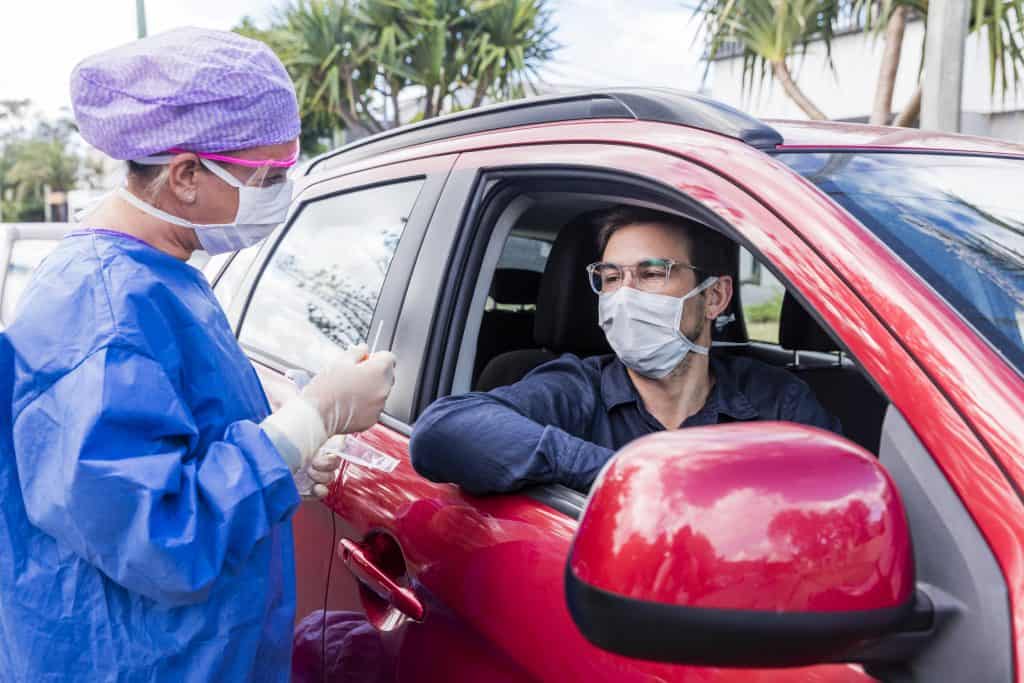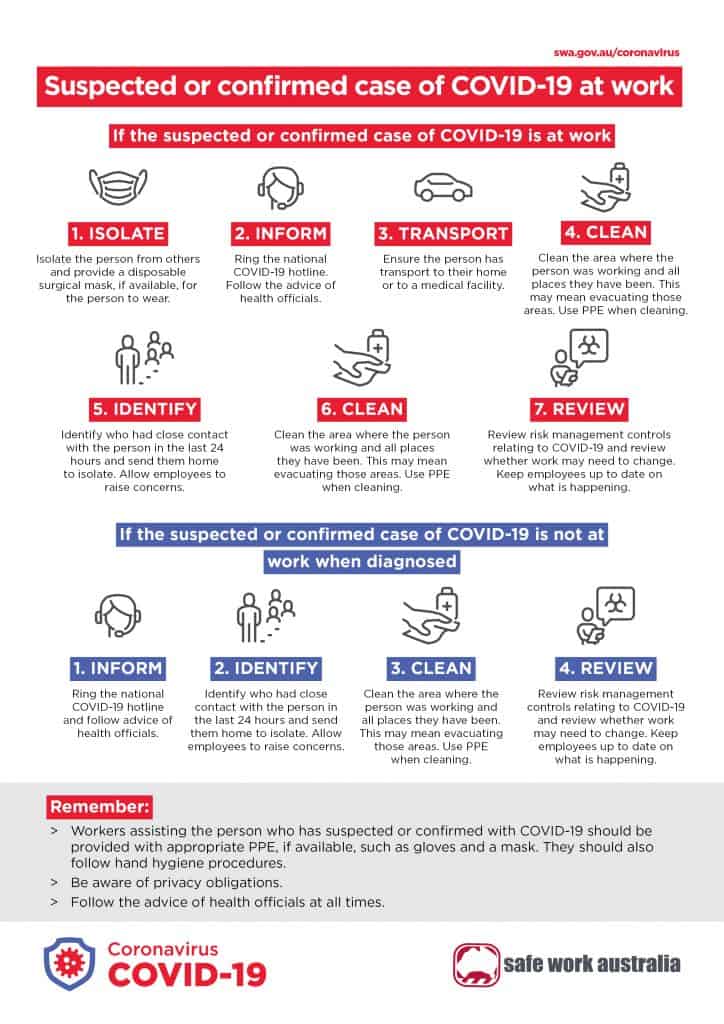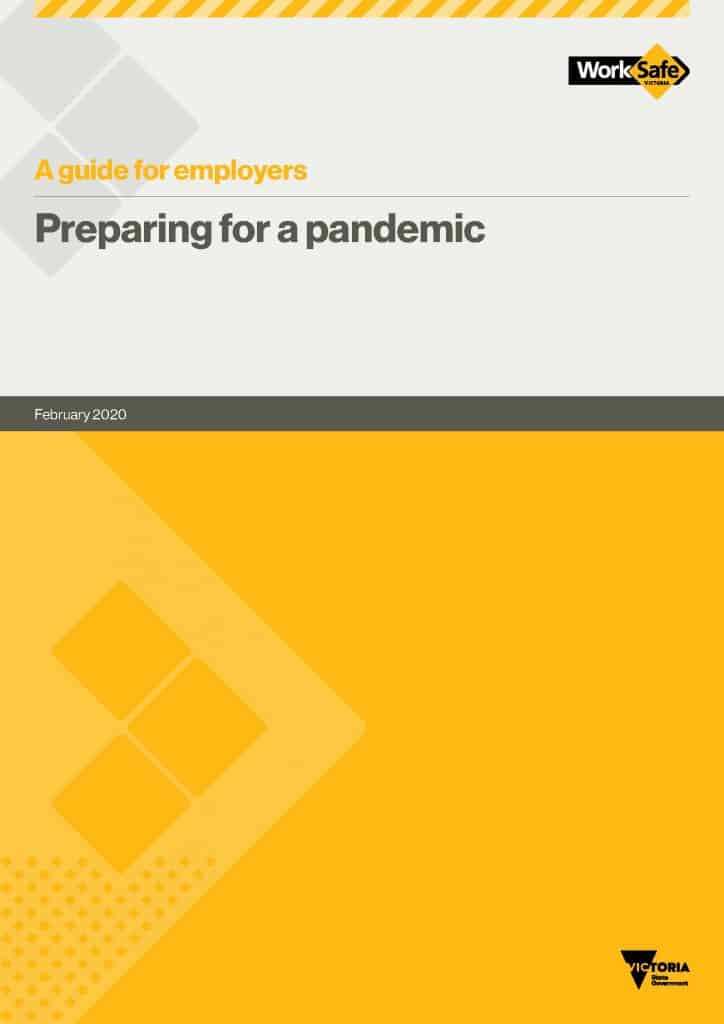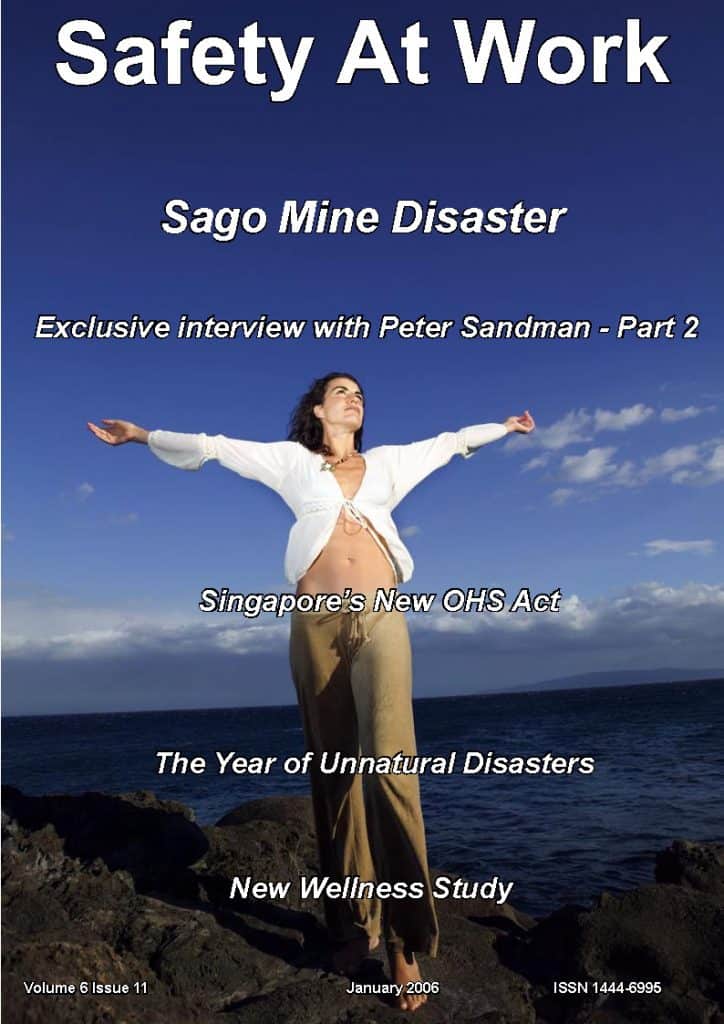
The theme for most commemorations on April 28 is the COVID19 pandemic. This is understandable as the pandemic has disrupted lives and economies globally and many people have died. Perhaps the most tragic of these deaths are those of medical and healthcare staff who have contracted the infection through their work. The largest public outrage over this situation has been in the United Kingdom, but a similar situation could easily have occurred in Australia, New Zealand and elsewhere if those governments had not acted as quickly as they did or were less better prepared.
Some research has already commenced on healthcare worker infection deaths showing important initial clues on how governments, hospitals and medical employers can do better.



